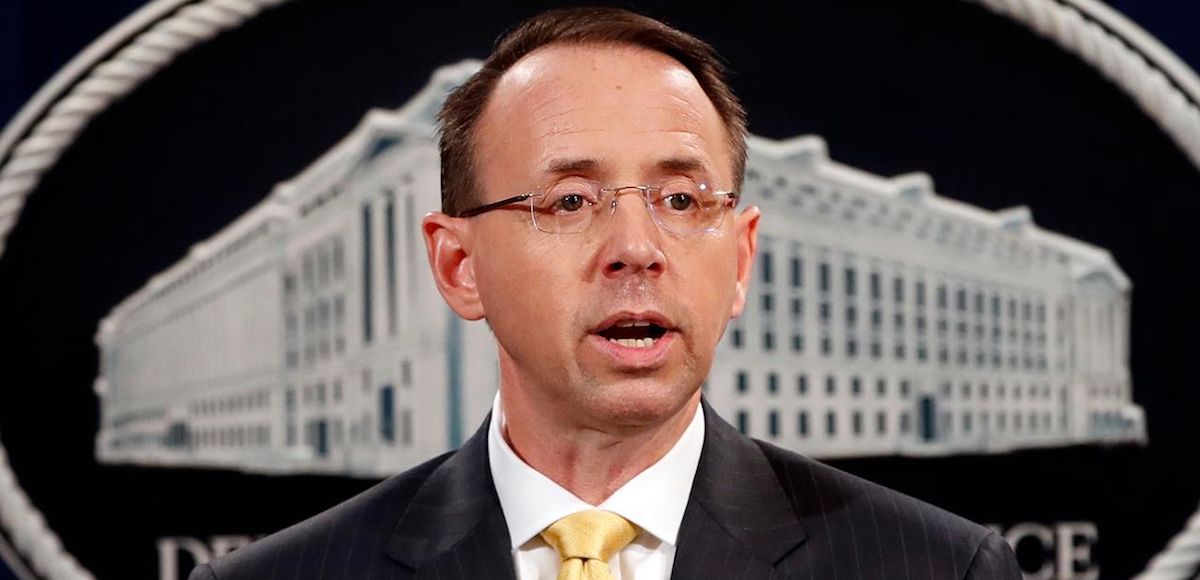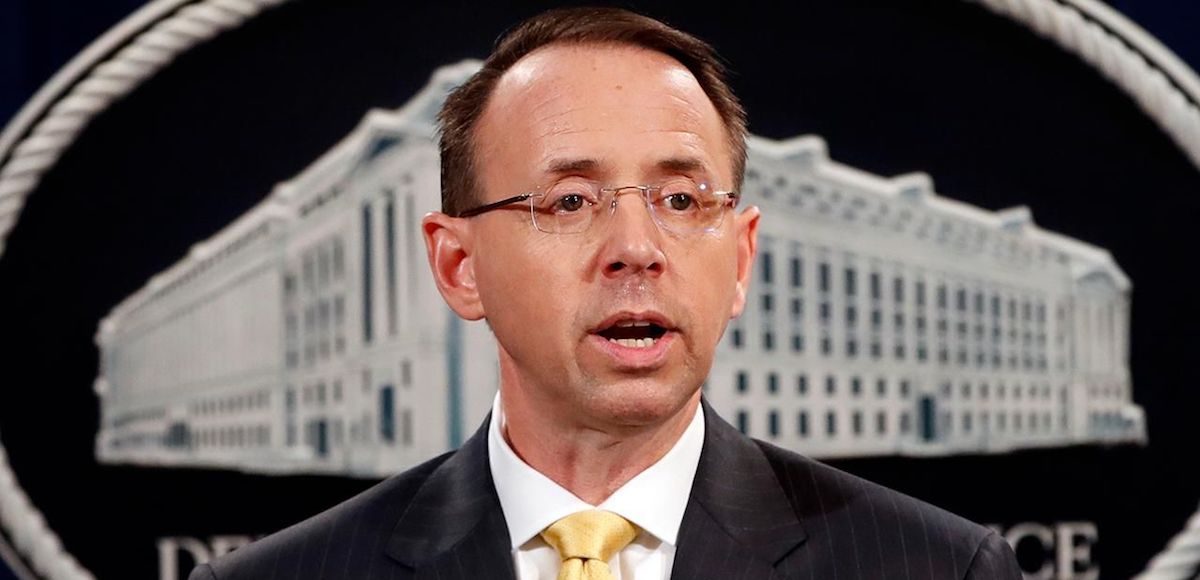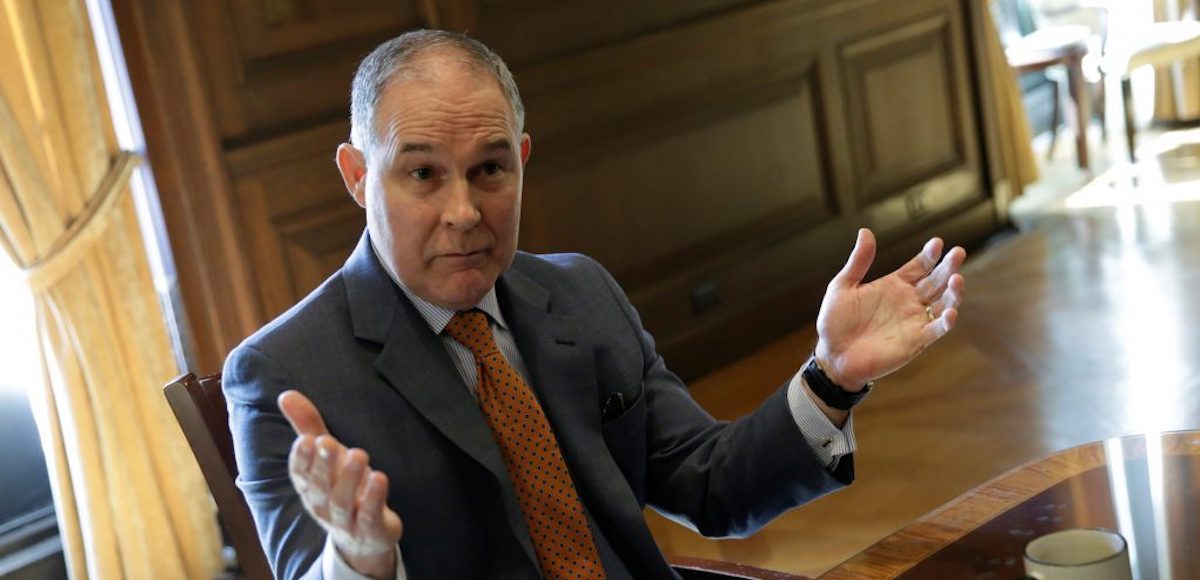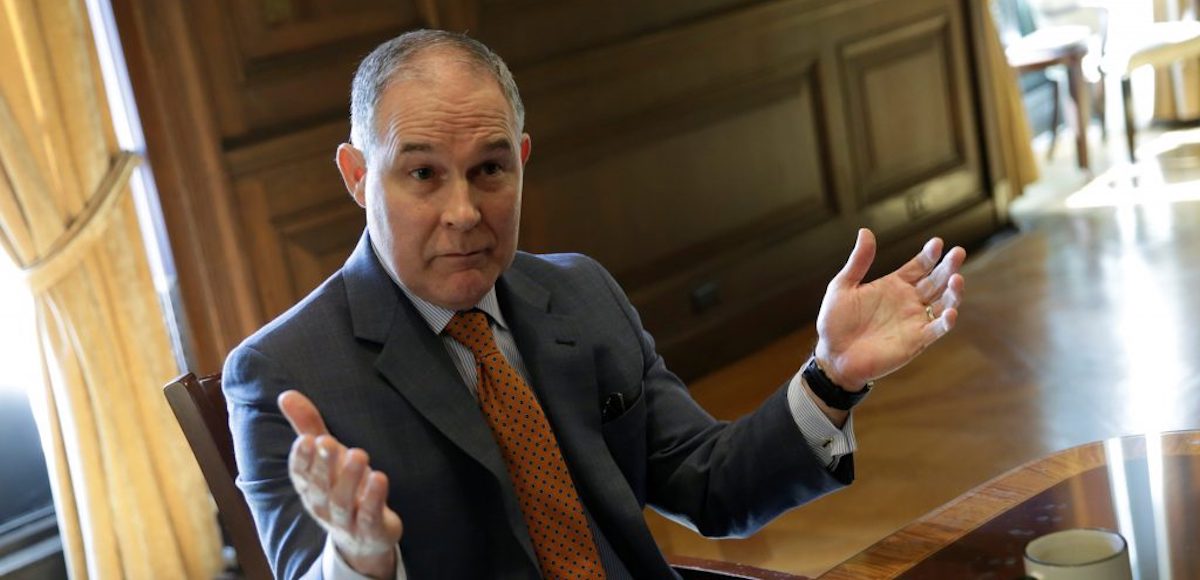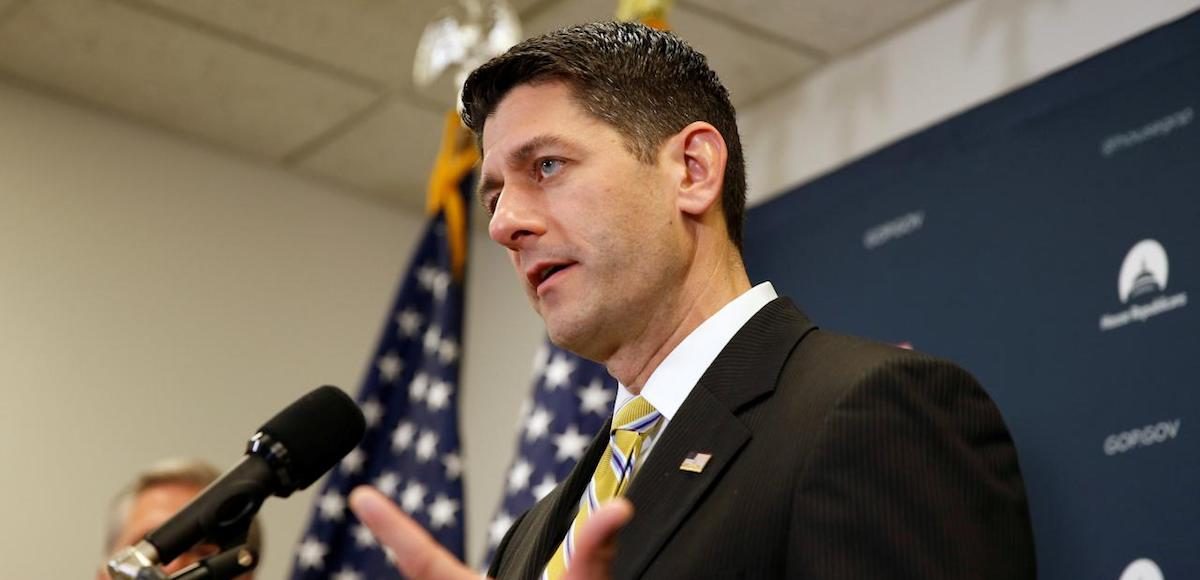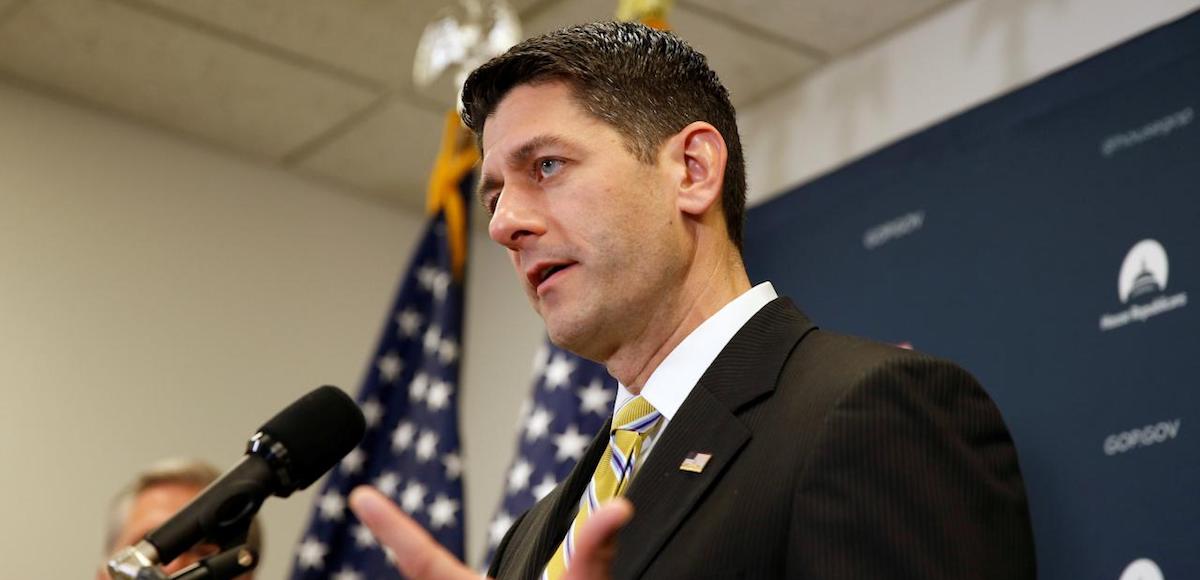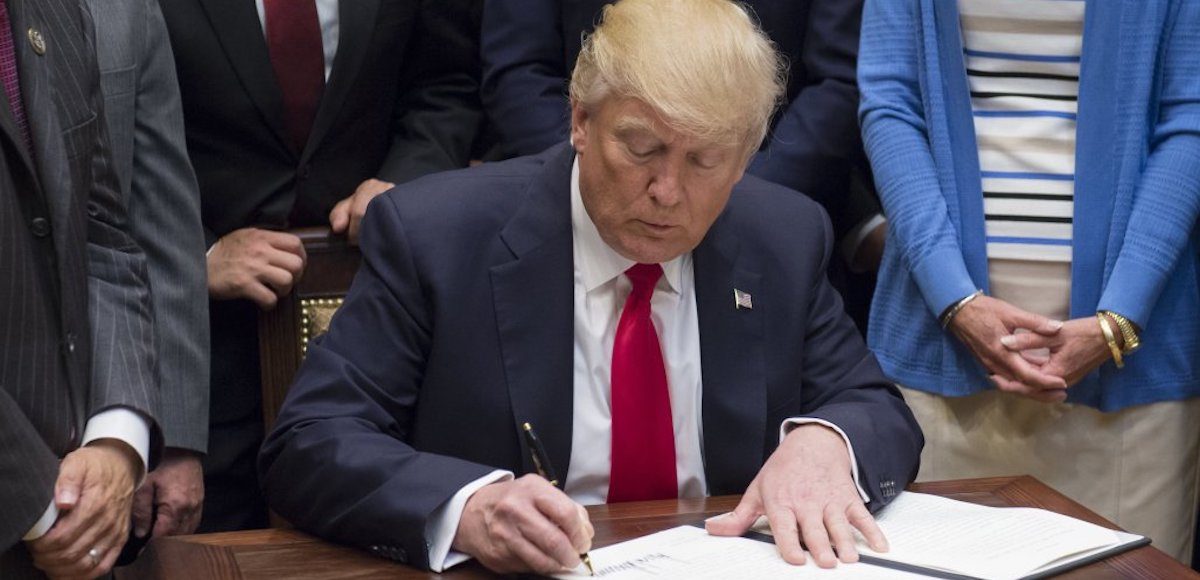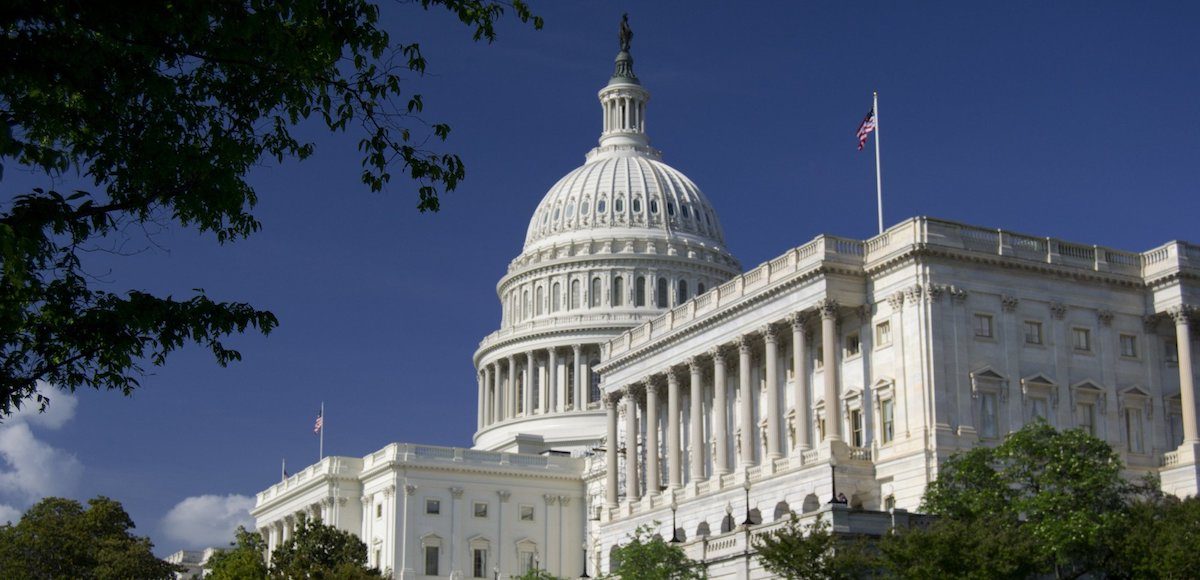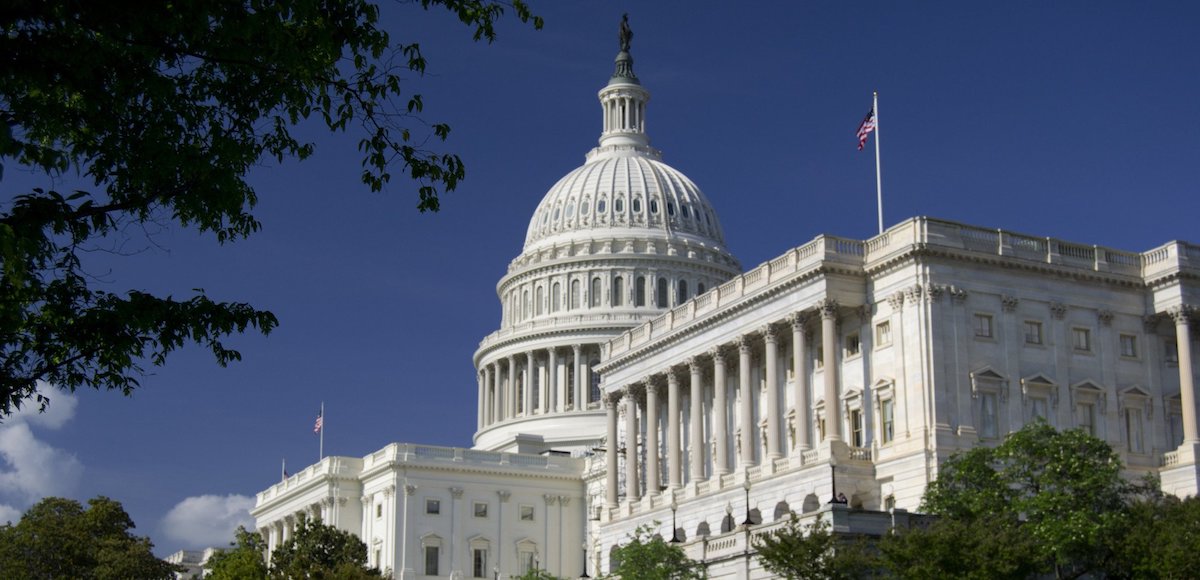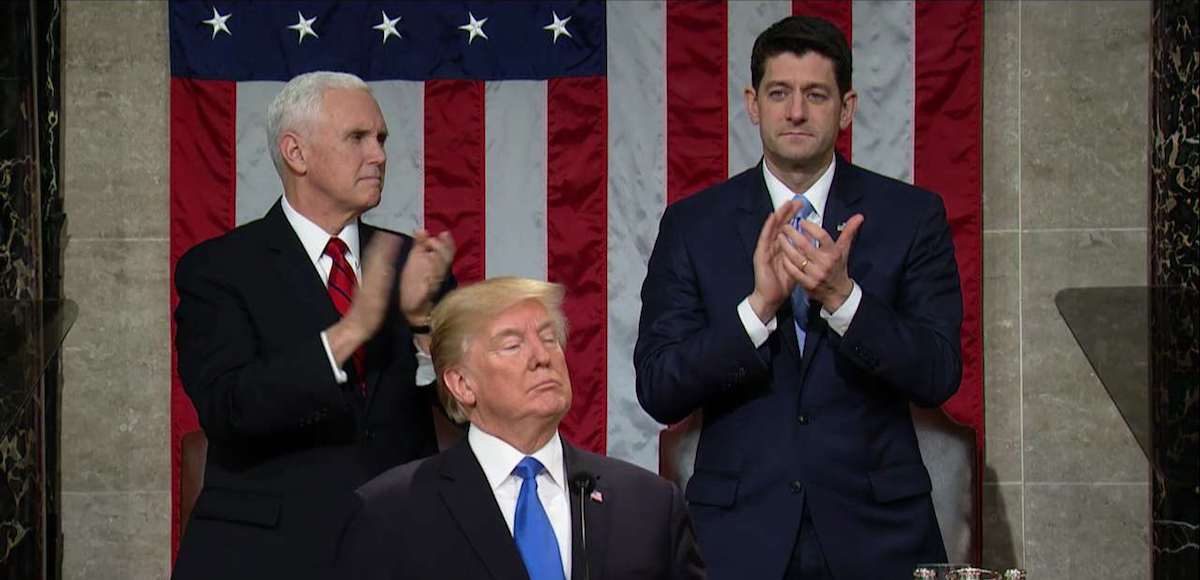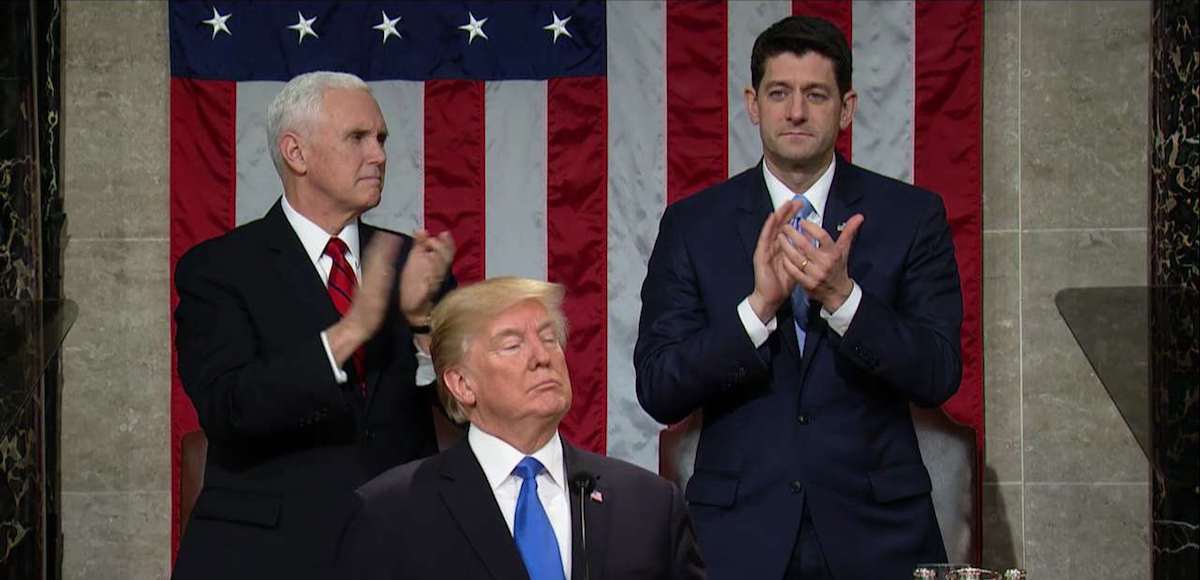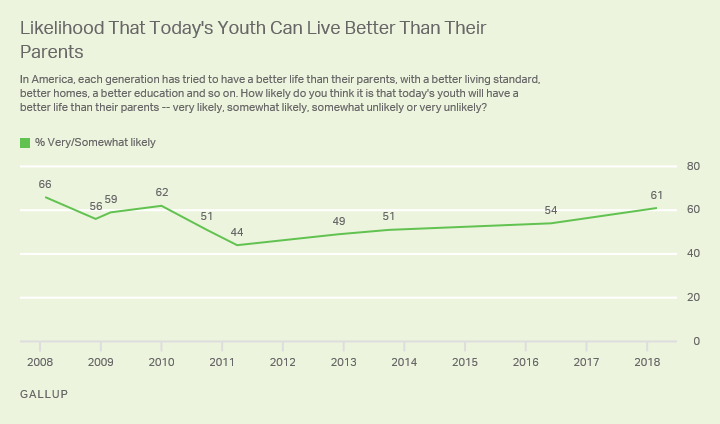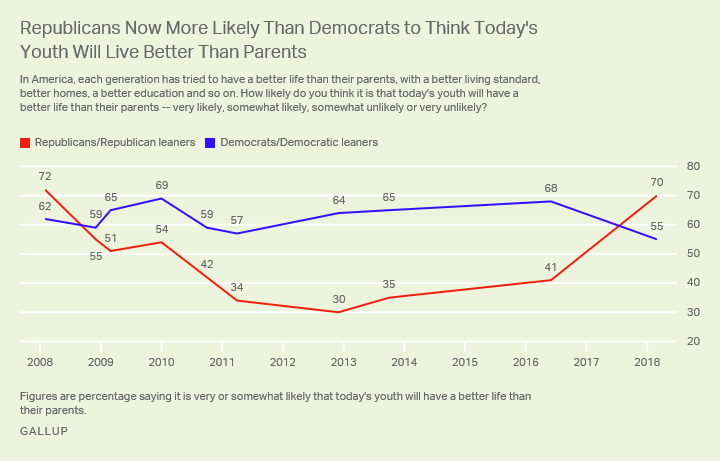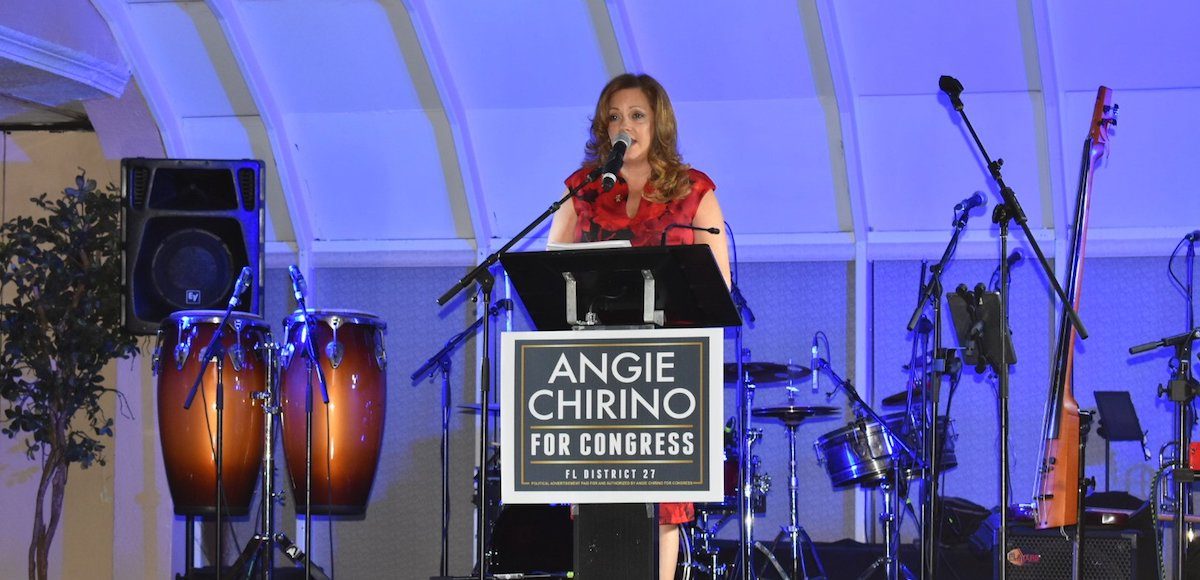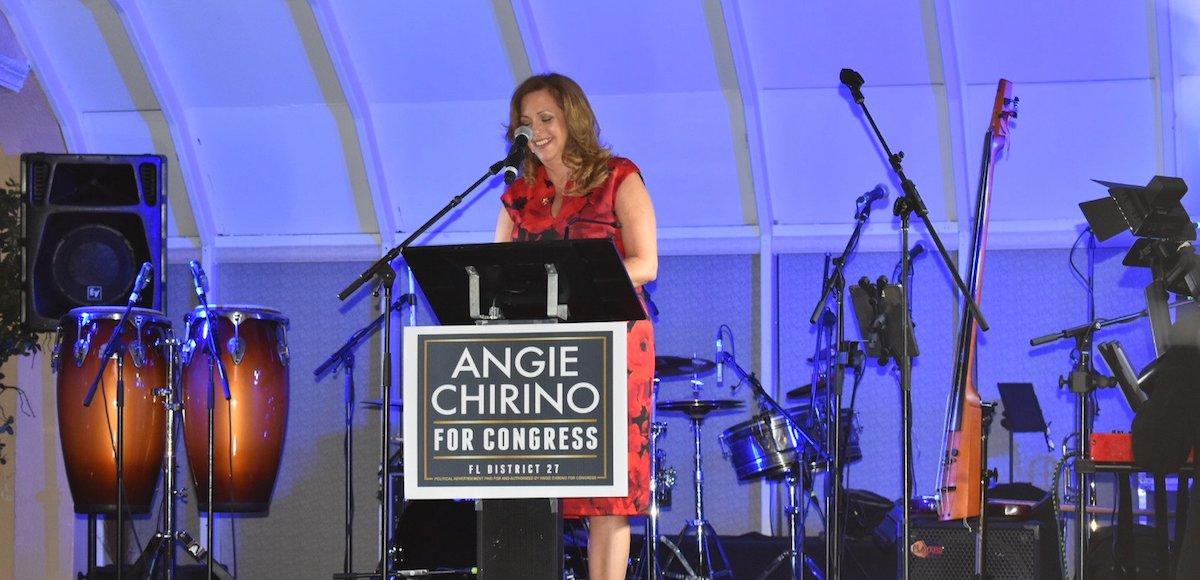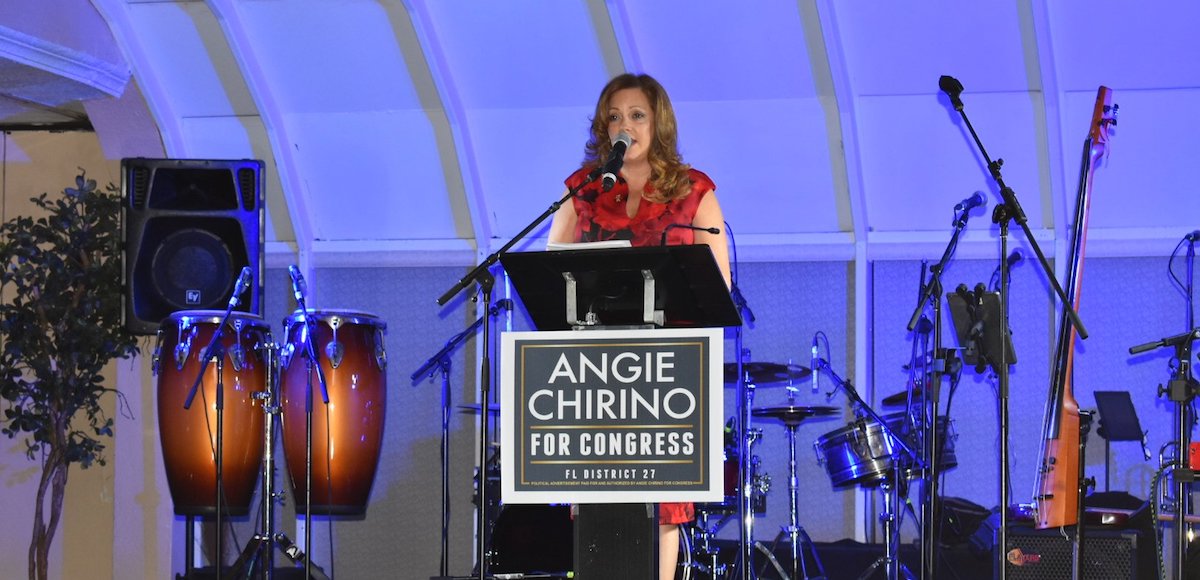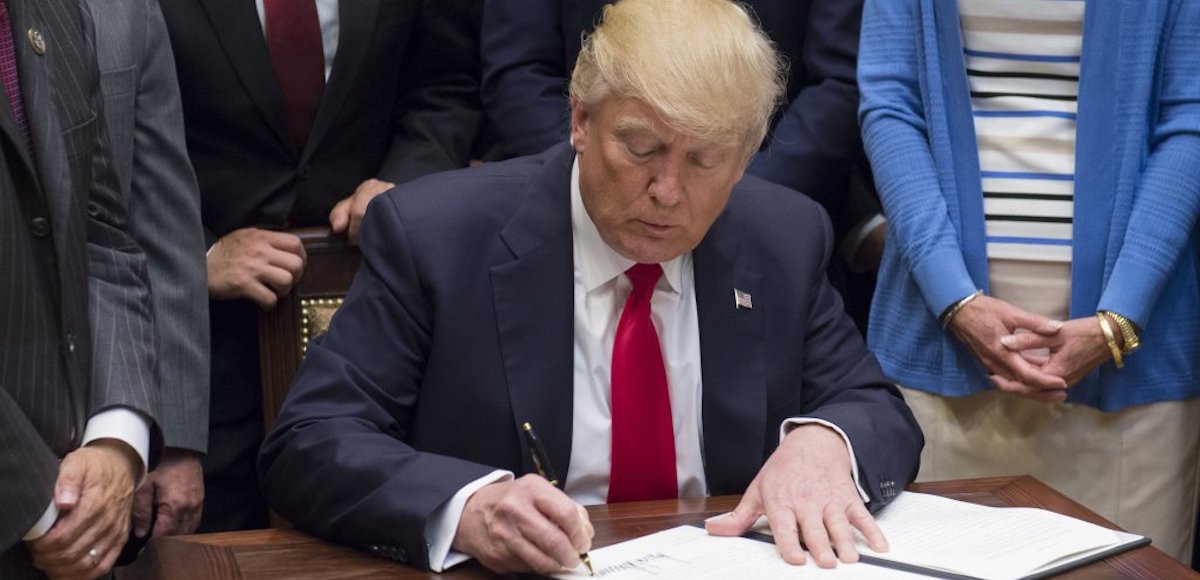
US President Donald Trump signs an executive order on Implementing an America-First Offshore Energy Strategy after signing it in the Roosevelt Room of the White House in Washington, DC, April 28, 2017. (Photo: Reuters)
President Donald Trump signed an executive order aimed at reducing poverty by promoting opportunity and economic mobility. The White House laid out 9 “Principles of Economic Mobility” as a guide to agencies to effectively reform the welfare system.
“We can lift our citizens from welfare to work, from dependence to independence, and from poverty to prosperity,” President Trump said in a statement.
Unemployment under the Trump Administration has fallen to and remained at historic lows, including all-time lows for African-Americans and Hispanics. The unemployment rate nationwide has remained at the very low 4.1% for 3 straight months.
Yet, the rising trend in welfare enrollment for able-bodied adults in America under the Obama Administration led to record high levels. For instance, more than 16 million able-bodied adults in 2016 were enrolled in the Supplemental Nutrition Assistance Program (SNAP), better known as food stamps.
In January 2018, more than 74 million Americans were enrolled in Medicaid and the Children’s Health Insurance Program (CHIP). That represents a 29% increase over the 2013 baseline period. Currently, there are a record 28 million able-bodied adults on Medicaid and, since 2000, the number of able-bodied adults on Medicaid has quadrupled.
President Trump’s executive order is meant to address the “need of further reform and modernization in order to increase self-sufficiency, well-being, and economic mobility.”
“Unfortunately, many of the programs designed to help families have instead delayed economic independence, perpetuated poverty, and weakened family bonds,” the order states.
Executive Order Reducing Poverty in America by Promoting Opportunity and Economic Mobility
By the authority vested in me as President by the Constitution and the laws of the United States of America, and to promote economic mobility, strong social networks, and accountability to American taxpayers, it is hereby ordered as follows:
Section 1. Purpose. The United States and its Constitution were founded on the principles of freedom and equal opportunity for all. To ensure that all Americans would be able to realize the benefits of those principles, especially during hard times, the Government established programs to help families with basic unmet needs. Unfortunately, many of the programs designed to help families have instead delayed economic independence, perpetuated poverty, and weakened family bonds. While bipartisan welfare reform enacted in 1996 was a step toward eliminating the economic stagnation and social harm that can result from long-term Government dependence, the welfare system still traps many recipients, especially children, in poverty and is in need of further reform and modernization in order to increase self-sufficiency, well-being, and economic mobility.
Sec. 2. Policy. (a) In 2017, the Federal Government spent more than $700 billion on low-income assistance. Since its inception, the welfare system has grown into a large bureaucracy that might be susceptible to measuring success by how many people are enrolled in a program rather than by how many have moved from poverty into financial independence. This is not the type of system that was envisioned when welfare programs were instituted in this country. The Federal Government’s role is to clear paths to self-sufficiency, reserving public assistance programs for those who are truly in need. The Federal Government should do everything within its authority to empower individuals by providing opportunities for work, including by investing in Federal programs that are effective at moving people into the workforce and out of poverty. It must examine Federal policies and programs to ensure that they are consistent with principles that are central to the American spirit — work, free enterprise, and safeguarding human and economic resources. For those policies or programs that are not succeeding in those respects, it is our duty to either improve or eliminate them.
(b) It shall be the policy of the Federal Government to reform the welfare system of the United States so that it empowers people in a manner that is consistent with applicable law and the following principles, which shall be known as the Principles of Economic Mobility:
(i) Improve employment outcomes and economic independence (including by strengthening existing work requirements for work-capable people and introducing new work requirements when legally permissible);
(ii) Promote strong social networks as a way of sustainably escaping poverty (including through work and marriage);
(iii) Address the challenges of populations that may particularly struggle to find and maintain employment (including single parents, formerly incarcerated individuals, the homeless, substance abusers, individuals with disabilities, and disconnected youth);
(iv) Balance flexibility and accountability both to ensure that State, local, and tribal governments, and other institutions, may tailor their public assistance programs to the unique needs of their communities and to ensure that welfare services and administering agencies can be held accountable for achieving outcomes (including by designing and tracking measures that assess whether programs help people escape poverty);
(v) Reduce the size of bureaucracy and streamline services to promote the effective use of resources;
(vi) Reserve benefits for people with low incomes and limited assets;
(vii) Reduce wasteful spending by consolidating or eliminating Federal programs that are duplicative or ineffective;
(viii) Create a system by which the Federal Government remains updated on State, local, and tribal successes and failures, and facilitates access to that information so that other States and localities can benefit from it; and
(ix) Empower the private sector, as well as local communities, to develop and apply locally based solutions to poverty.
(c) As part of our pledge to increase opportunities for those in need, the Federal Government must first enforce work requirements that are required by law. It must also strengthen requirements that promote obtaining and maintaining employment in order to move people to independence. To support this focus on employment, the Federal Government should:
(i) review current federally funded workforce development programs. If more than one executive department or agency (agency) administers programs that are similar in scope or population served, they should be consolidated, to the extent permitted by law, into the agency that is best equipped to fulfill the expectations of the programs, while ineffective programs should be eliminated; and
(ii) invest in effective workforce development programs and encourage, to the greatest extent possible, entities that have demonstrated success in equipping participants with skills necessary to obtain employment that enables them to financially support themselves and their families in today’s economy.
(d) It is imperative to empower State, local, and tribal governments and private-sector entities to effectively administer and manage public assistance programs. Federal policies should allow local entities to develop and implement programs and strategies that are best for their respective communities. Specifically, policies should allow the private sector, including community and faith-based organizations, to create solutions that alleviate the need for welfare assistance, promote personal responsibility, and reduce reliance on government intervention and resources.
(i) To promote the proper scope and functioning of government, the Federal Government must afford State, local, and tribal governments the freedom to design and implement programs that better allocate limited resources to meet different community needs.
(ii) States and localities can use such flexibility to devise and evaluate innovative programs that serve diverse populations and families. States and localities can also model their own initiatives on the successful programs of others. To achieve the right balance, Federal leaders must continue to discuss opportunities to improve public assistance programs with State and local leaders, including our Nation’s governors.
(e) The Federal Government owes it to Americans to use taxpayer dollars for their intended purposes. Relevant agencies should establish clear metrics that measure outcomes so that agencies administering public assistance programs can be held accountable. These metrics should include assessments of whether programs help individuals and families find employment, increase earnings, escape poverty, and avoid long-term dependence. Whenever possible, agencies should harmonize their metrics to facilitate easier cross-programmatic comparisons and to encourage further integration of service delivery at the local level. Agencies should also adopt policies to ensure that only eligible persons receive benefits and enforce all relevant laws providing that aliens who are not otherwise qualified and eligible may not receive benefits.
(i) All entities that receive funds should be required to guarantee the integrity of the programs they administer. Technology and innovation should drive initiatives that increase program integrity and reduce fraud, waste, and abuse in the current system.
(ii) The Federal Government must support State, local, and tribal partners by investing in tools to combat payment errors and verify eligibility for program participants. It must also work alongside public and private partners to assist recipients of welfare assistance to maximize access to services and benefits that support paths to self-sufficiency.
Sec. 3. Review of Regulations and Guidance Documents. (a) The Secretaries of the Treasury, Agriculture, Commerce, Labor, Health and Human Services, Housing and Urban Development, Transportation, and Education (Secretaries) shall:
(i) review all regulations and guidance documents of their respective agencies relating to waivers, exemptions, or exceptions for public assistance program eligibility requirements to determine whether such documents are, to the extent permitted by law, consistent with the principles outlined in this order;
(ii) review any public assistance programs of their respective agencies that do not currently require work for receipt of benefits or services, and determine whether enforcement of a work requirement would be consistent with Federal law and the principles outlined in this order;
(iii) review any public assistance programs of their respective agencies that do currently require work for receipt of benefits or services, and determine whether the enforcement of such work requirements is consistent with Federal law and the principles outlined in this order;
(iv) within 90 days of the date of this order, and based on the reviews required by this section, submit to the Director of the Office of Management and Budget and the Assistant to the President for Domestic Policy a list of recommended regulatory and policy changes and other actions to accomplish the principles outlined in this order; and
(v) not later than 90 days after submission of the recommendations required by section 3(a)(iv) of this order, and in consultation with the Director of the Office of Management and Budget and the Assistant to the President for Domestic Policy, take steps to implement the recommended administrative actions.
(b) Within 90 days of the date of this order, the Secretaries shall each submit a report to the President, through the Director of the Office of Management and Budget and the Assistant to the President for Domestic Policy, that:
(i) states how their respective agencies are complying with 8 U.S.C. 1611(a), which provides that an alien who is not a “qualified alien” as defined by 8 U.S.C. 1641 is, subject to certain statutorily defined exceptions, not eligible for any Federal public benefit as defined by 8 U.S.C. 1611(c);
(ii) provides a list of Federal benefit programs that their respective agencies administer that are restricted pursuant to 8 U.S.C. 1611; and
(iii) provides a list of Federal benefit programs that their respective agencies administer that are not restricted pursuant to 8 U.S.C. 1611.
Sec. 4. Definitions. For the purposes of this order:
(a) the terms “individuals,” “families,” and “persons” mean any United States citizen, lawful permanent resident, or other lawfully present alien who is qualified to or otherwise may receive public benefits;
(b) the terms “work” and “workforce” include unsubsidized employment, subsidized employment, job training, apprenticeships, career and technical education training, job searches, basic education, education directly related to current or future employment, and workfare; and(c) the terms “welfare” and “public assistance” include any program that provides means-tested assistance, or other assistance that provides benefits to people, households, or families that have low incomes (i.e., those making less than twice the Federal poverty level), the unemployed, or those out of the labor force.
Sec. 5. General Provisions. (a) Nothing in this order shall be construed to impair or otherwise affect:
(i) the authority granted by law to an executive department or agency, or the head thereof; or
(ii) the functions of the Director of the Office of Management and Budget relating to budgetary, administrative, or legislative proposals.
(b) This order shall be implemented consistent with applicable law and subject to the availability of appropriations.
(c) This order is not intended to, and does not, create any right or benefit, substantive or procedural, enforceable at law or in equity by any party against the United States, its departments, agencies, or entities, its officers, employees, or agents, or any other person.
DONALD J. TRUMP
THE WHITE HOUSE,
April 10, 2018.
